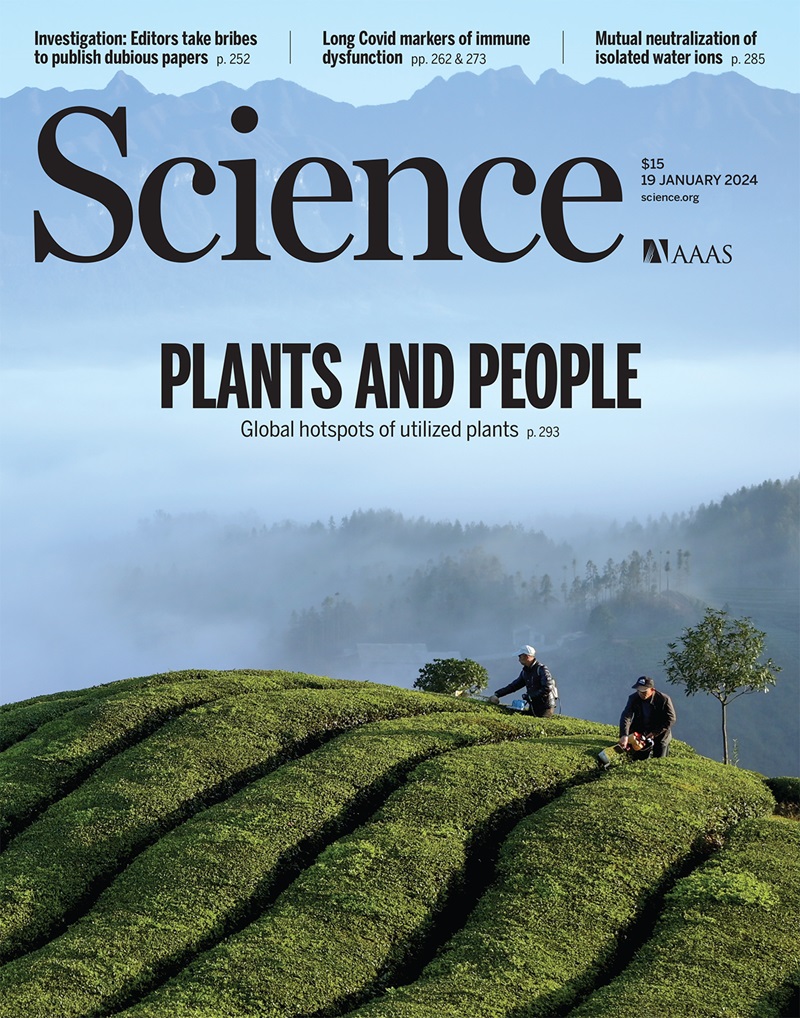成像引导的深部组织活体声音打印。
IF 44.7
1区 综合性期刊
Q1 MULTIDISCIPLINARY SCIENCES
引用次数: 0
摘要
三维打印为患者特异性植入物和治疗提供了希望,但通常受到侵入性外科手术的限制。为了解决这个问题,我们开发了一个成像引导的深部组织体内声音打印(DISP)平台。通过将交联剂负载的低温敏感脂质体纳入生物墨水,DISP能够使用聚焦超声精确,快速,按需交联多种功能生物材料。基于气体囊泡的超声成像提供实时监测,并允许在活体动物中创建定制模式。我们通过在小鼠膀胱病变区域附近和兔子腿部肌肉深处成功打印DISP,验证了其在局部药物传递和组织替代方面的潜力。DISP打印导电、载药、载细胞和生物粘附生物材料的能力证明了其在各种生物医学应用中的多功能性。本文章由计算机程序翻译,如有差异,请以英文原文为准。
Imaging-guided deep tissue in vivo sound printing.
Three-dimensional printing offers promise for patient-specific implants and therapies but is often limited by the need for invasive surgical procedures. To address this, we developed an imaging-guided deep tissue in vivo sound printing (DISP) platform. By incorporating cross-linking agent-loaded low-temperature-sensitive liposomes into bioinks, DISP enables precise, rapid, on-demand cross-linking of diverse functional biomaterials using focused ultrasound. Gas vesicle-based ultrasound imaging provides real-time monitoring and allows for customized pattern creation in live animals. We validated DISP by successfully printing near diseased areas in the mouse bladder and deep within rabbit leg muscles in vivo, demonstrating its potential for localized drug delivery and tissue replacement. DISP's ability to print conductive, drug-loaded, cell-laden, and bioadhesive biomaterials demonstrates its versatility for diverse biomedical applications.
求助全文
通过发布文献求助,成功后即可免费获取论文全文。
去求助
来源期刊

Science
综合性期刊-综合性期刊
CiteScore
61.10
自引率
0.90%
发文量
0
审稿时长
2.1 months
期刊介绍:
Science is a leading outlet for scientific news, commentary, and cutting-edge research. Through its print and online incarnations, Science reaches an estimated worldwide readership of more than one million. Science’s authorship is global too, and its articles consistently rank among the world's most cited research.
Science serves as a forum for discussion of important issues related to the advancement of science by publishing material on which a consensus has been reached as well as including the presentation of minority or conflicting points of view. Accordingly, all articles published in Science—including editorials, news and comment, and book reviews—are signed and reflect the individual views of the authors and not official points of view adopted by AAAS or the institutions with which the authors are affiliated.
Science seeks to publish those papers that are most influential in their fields or across fields and that will significantly advance scientific understanding. Selected papers should present novel and broadly important data, syntheses, or concepts. They should merit recognition by the wider scientific community and general public provided by publication in Science, beyond that provided by specialty journals. Science welcomes submissions from all fields of science and from any source. The editors are committed to the prompt evaluation and publication of submitted papers while upholding high standards that support reproducibility of published research. Science is published weekly; selected papers are published online ahead of print.
 求助内容:
求助内容: 应助结果提醒方式:
应助结果提醒方式:


